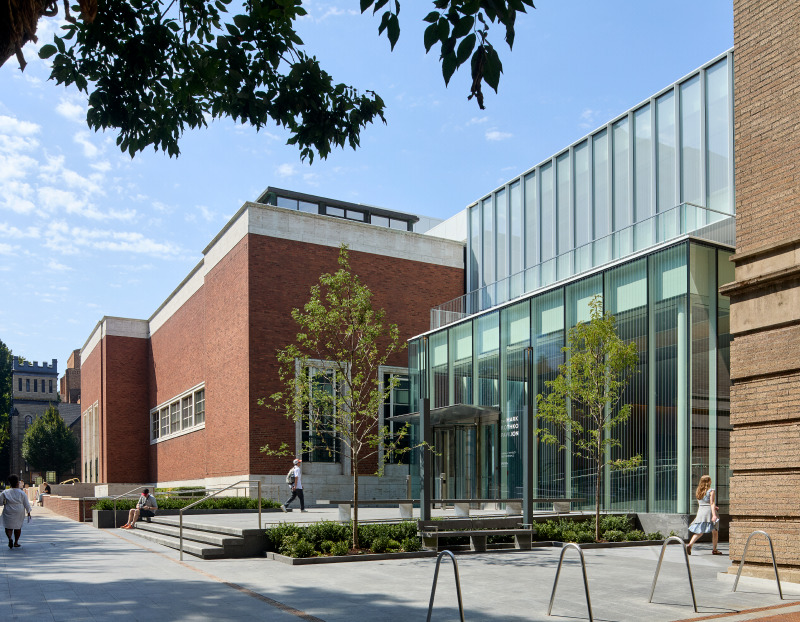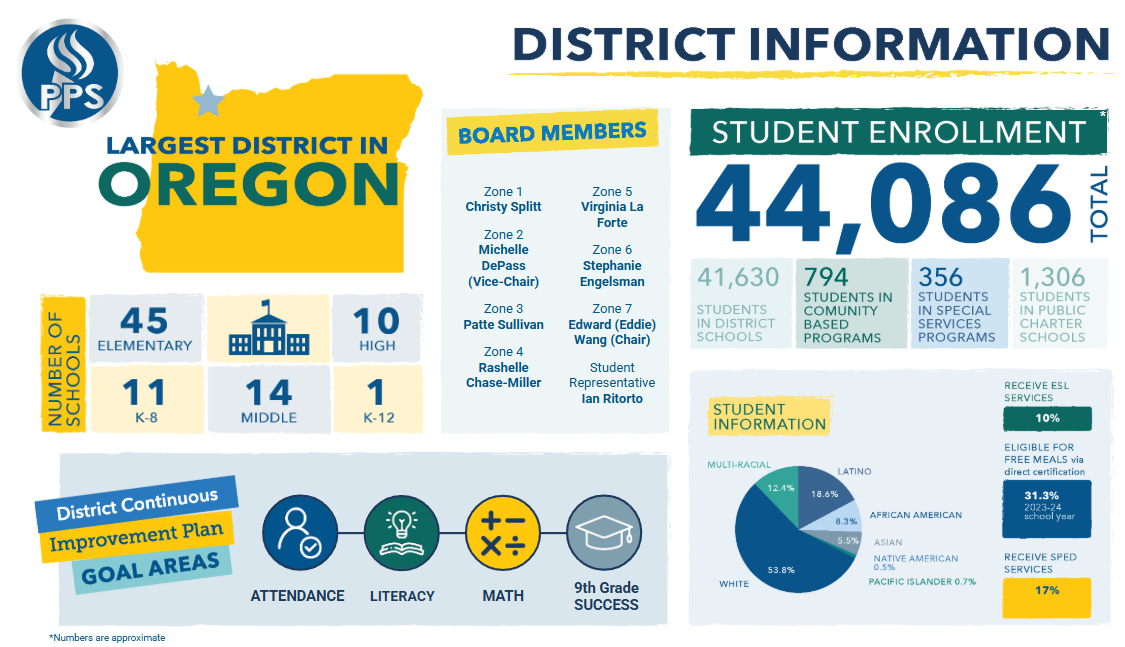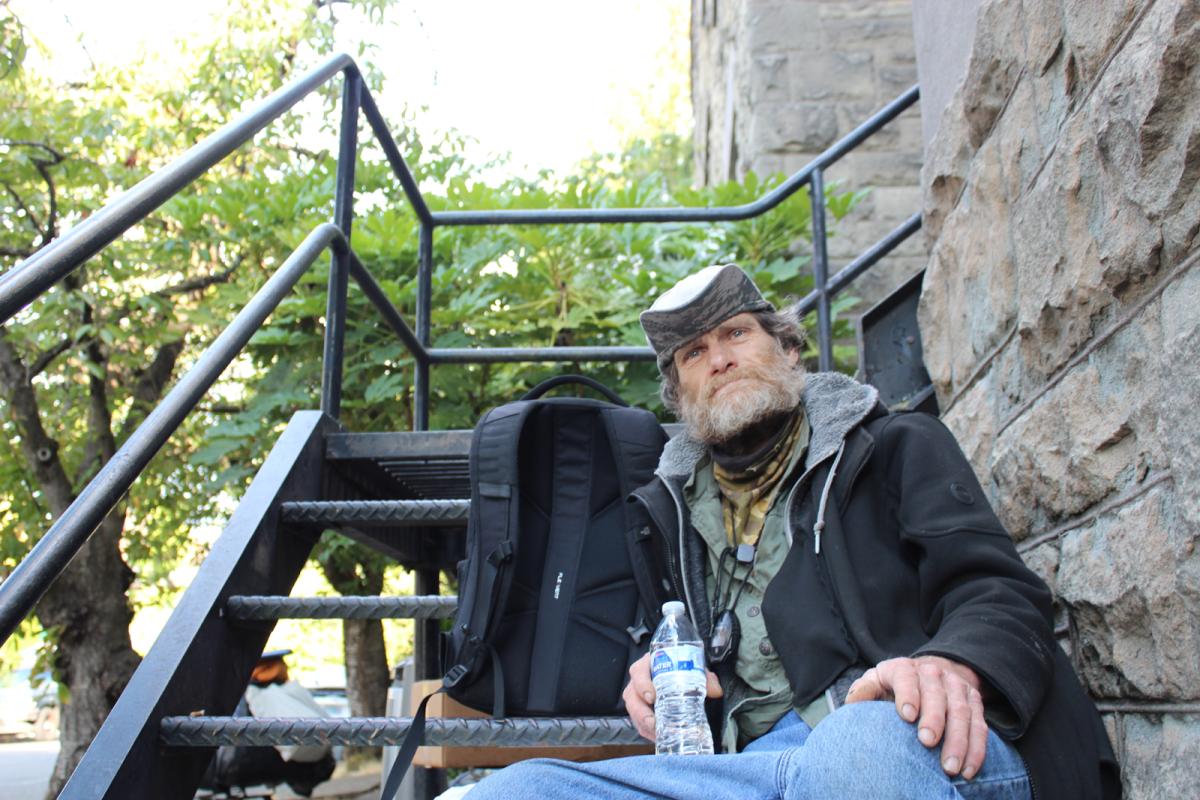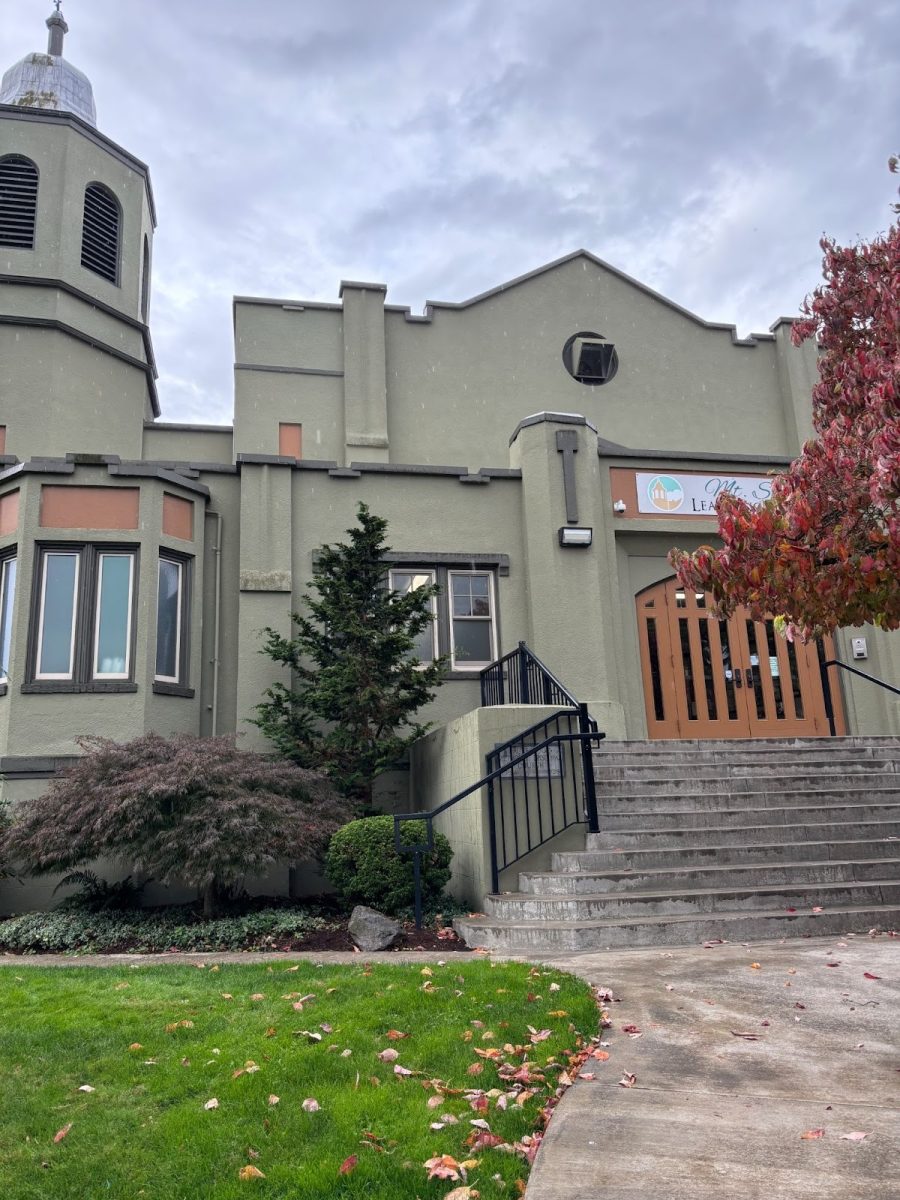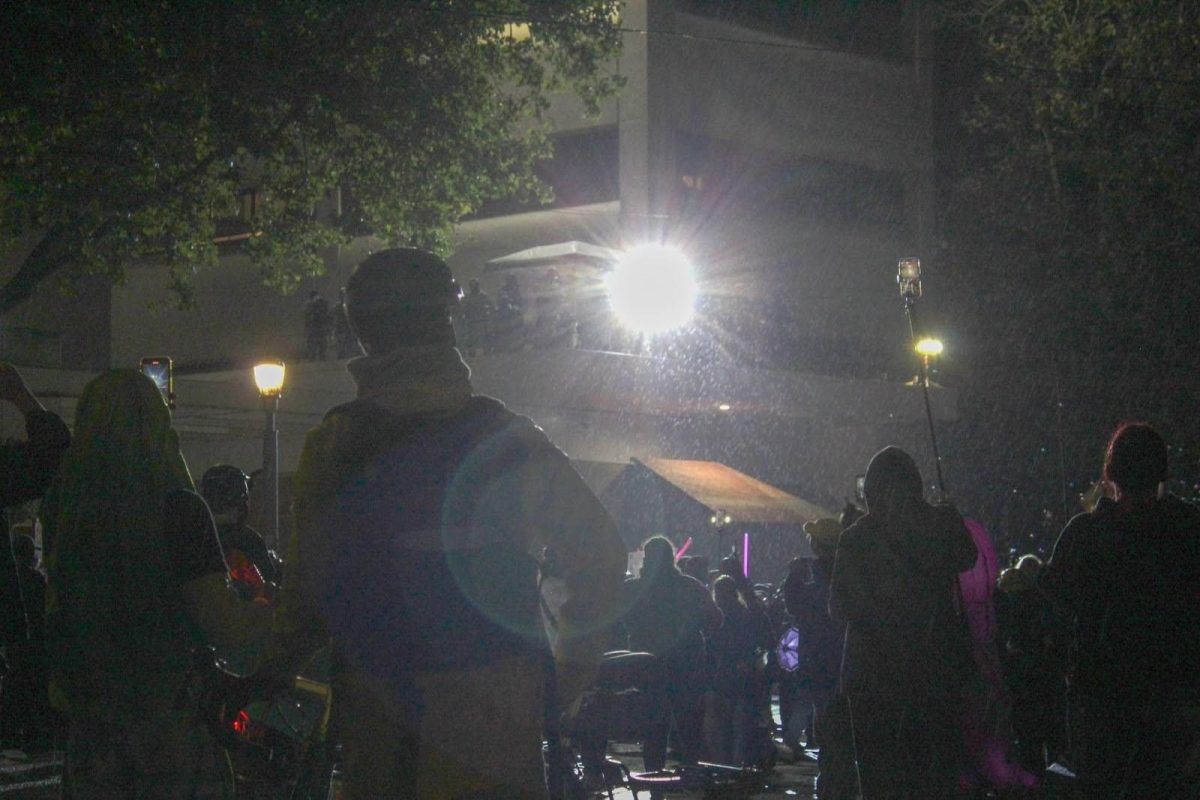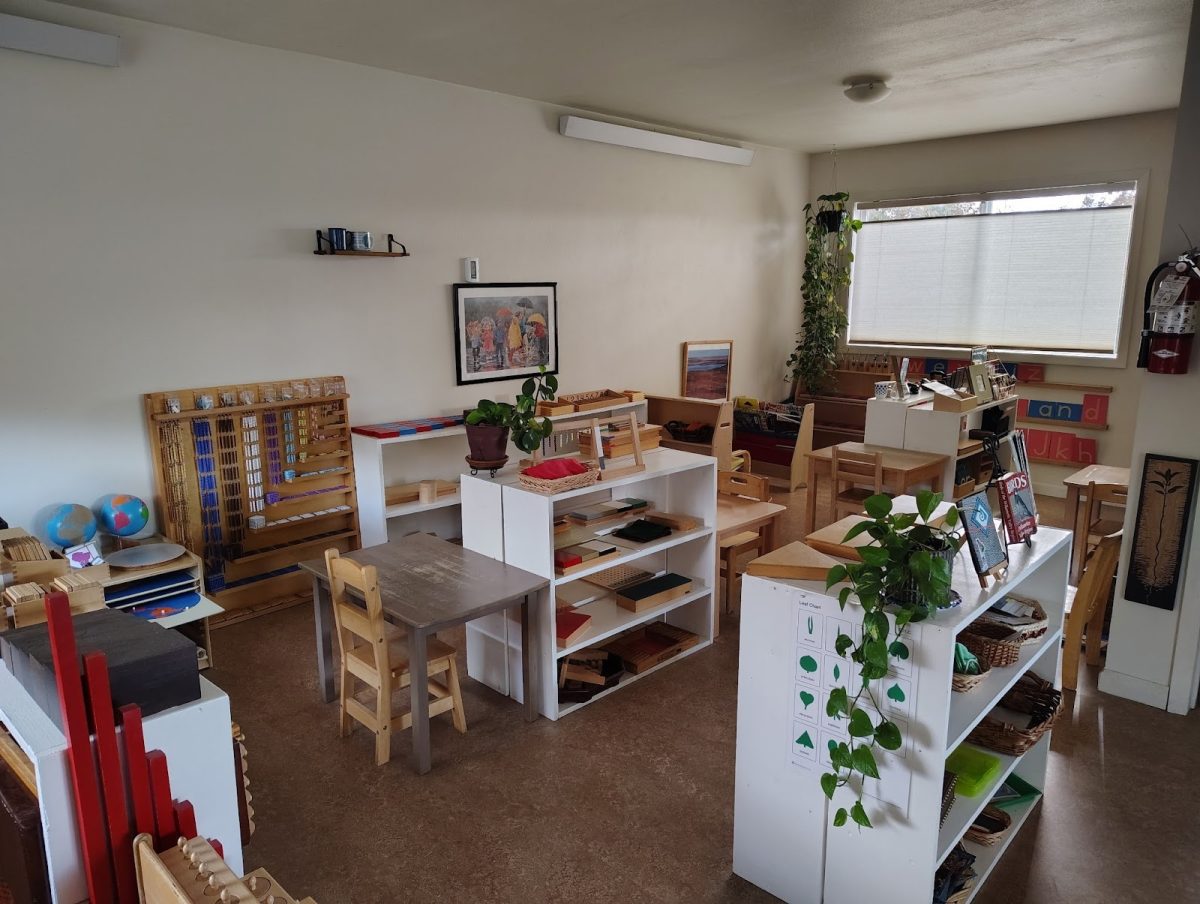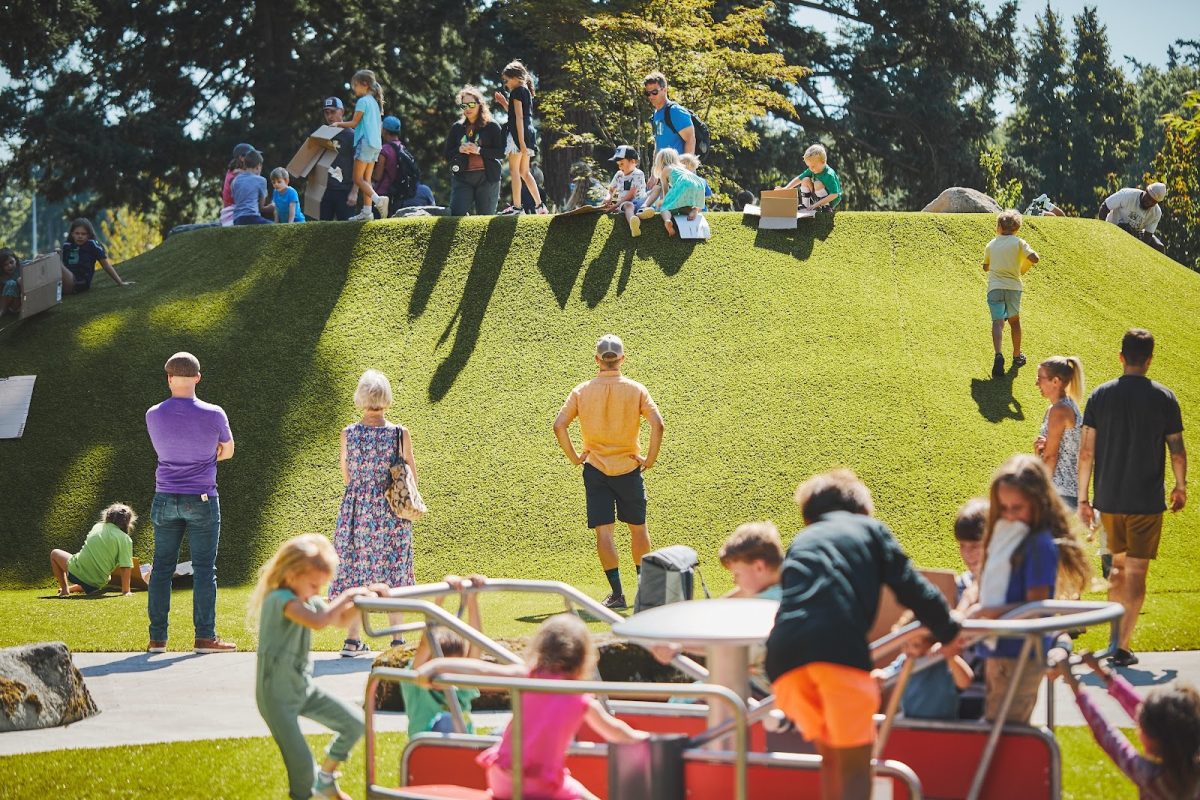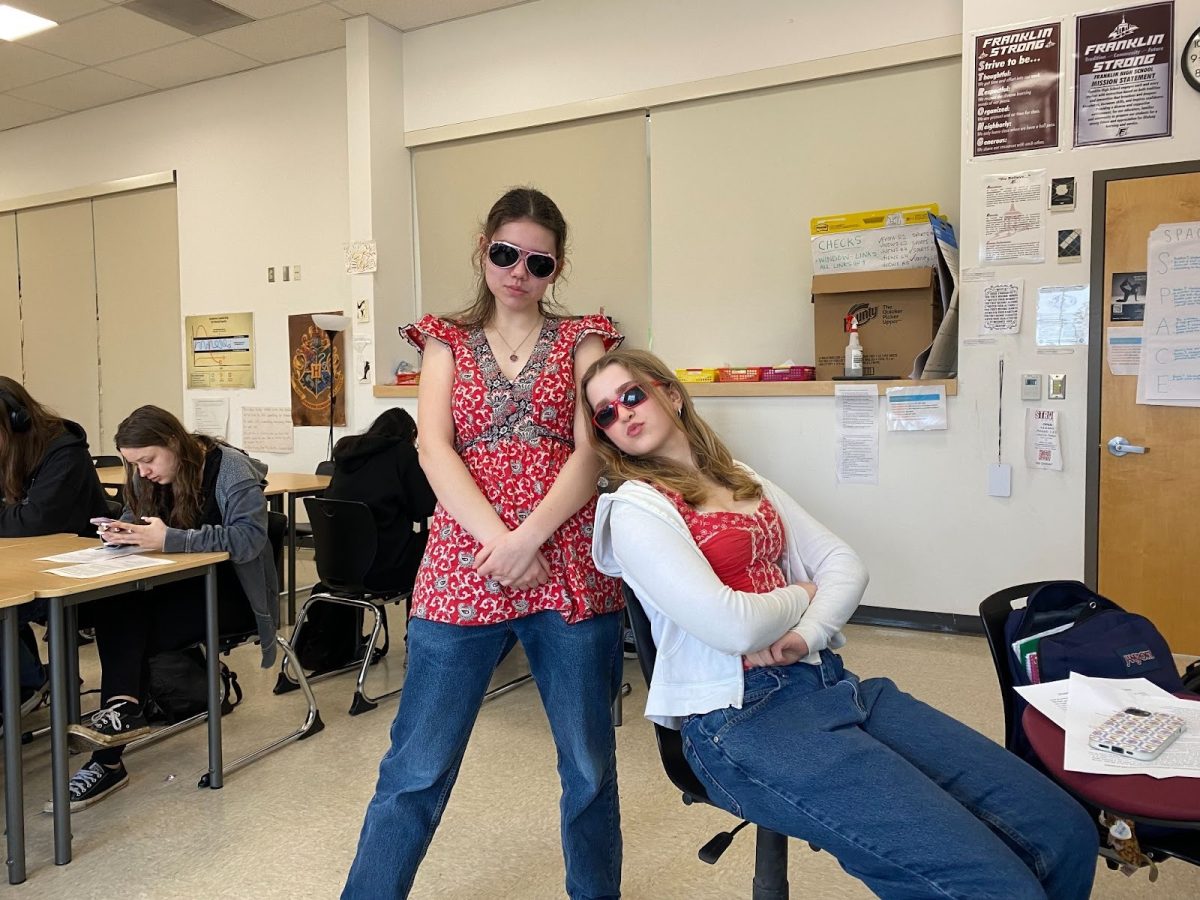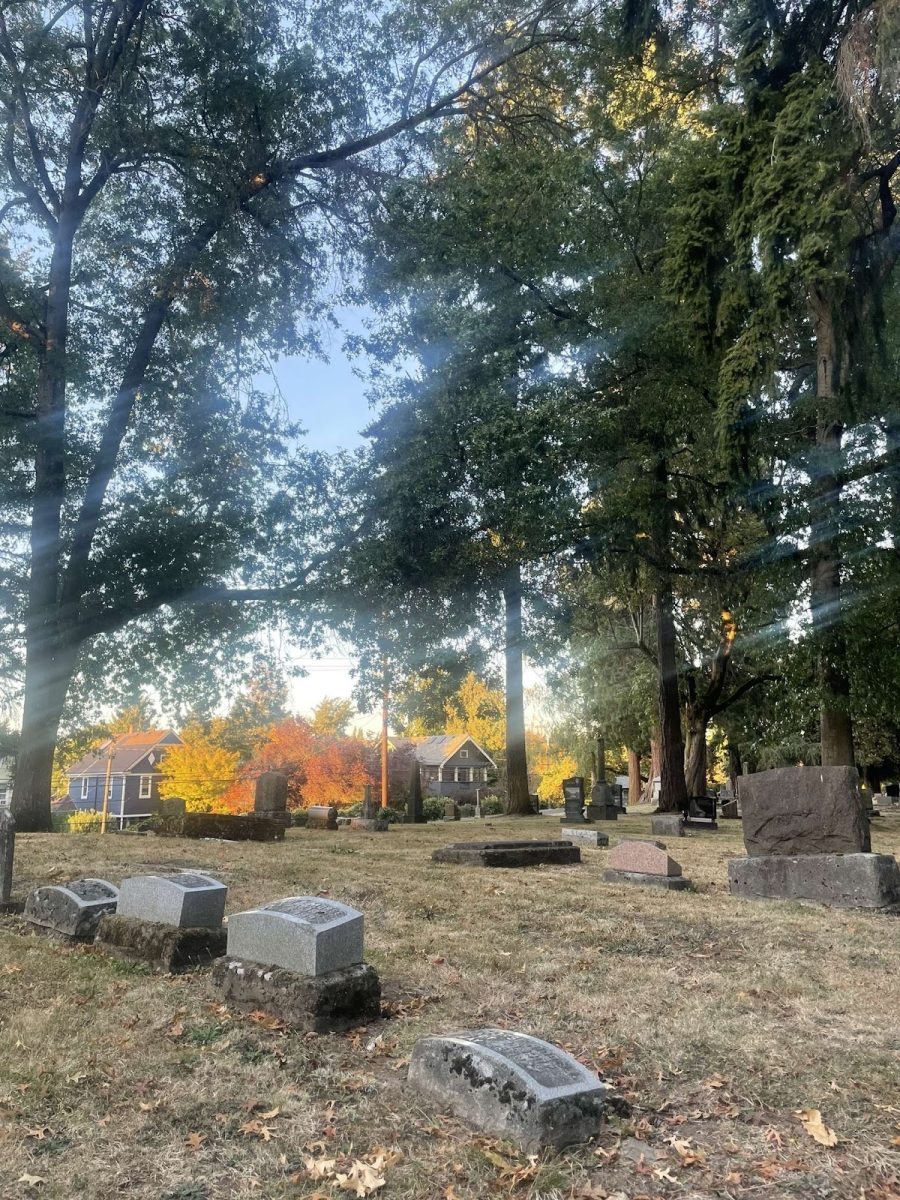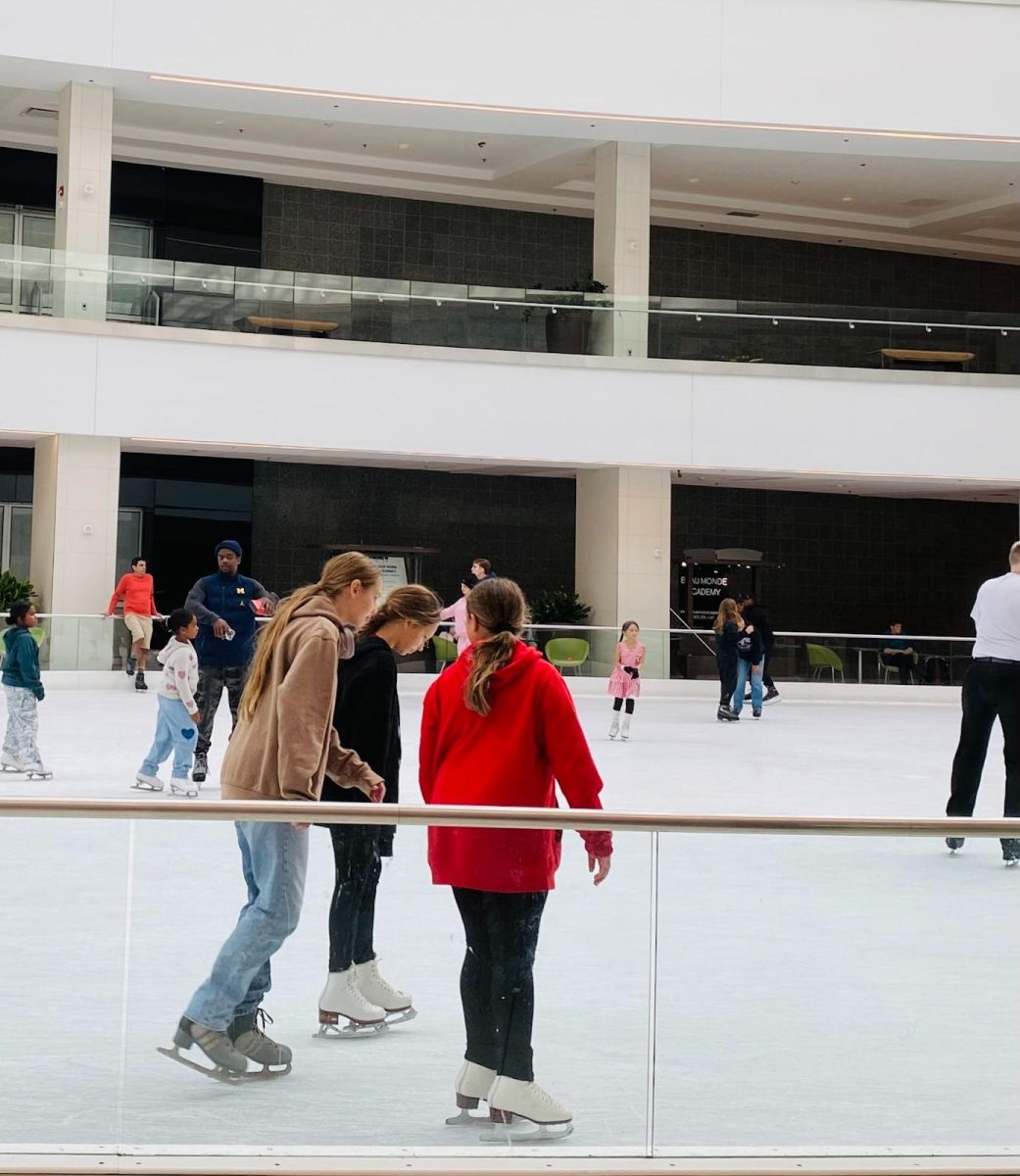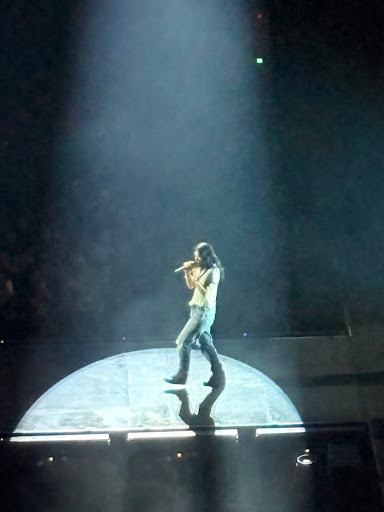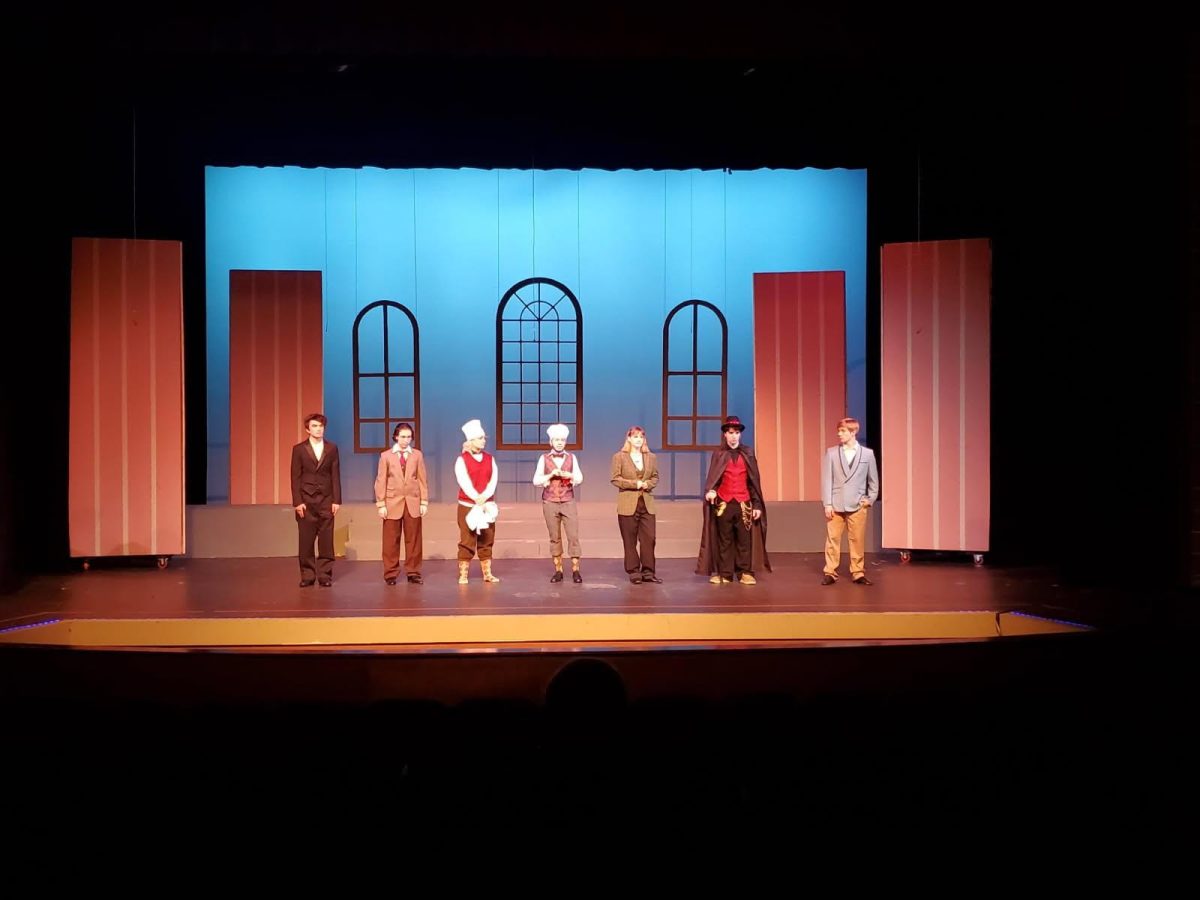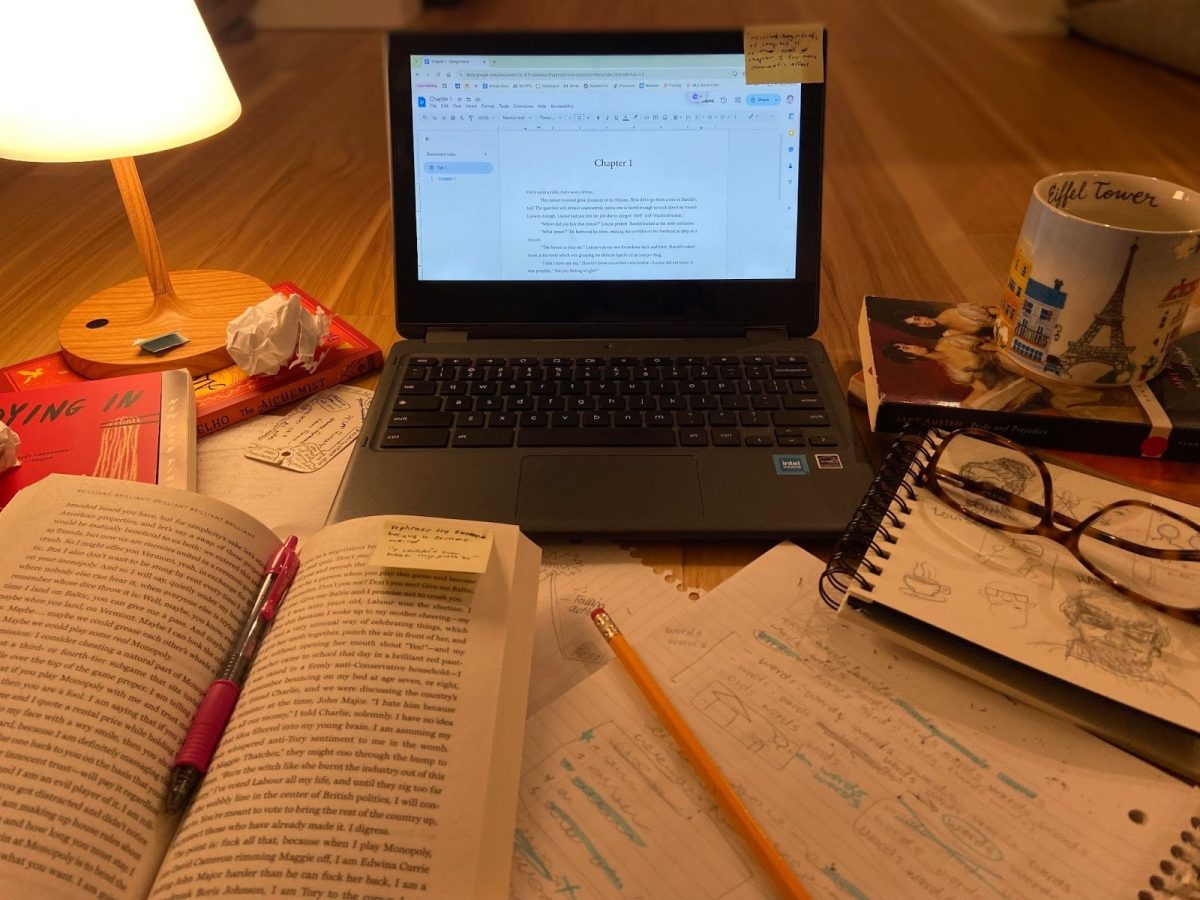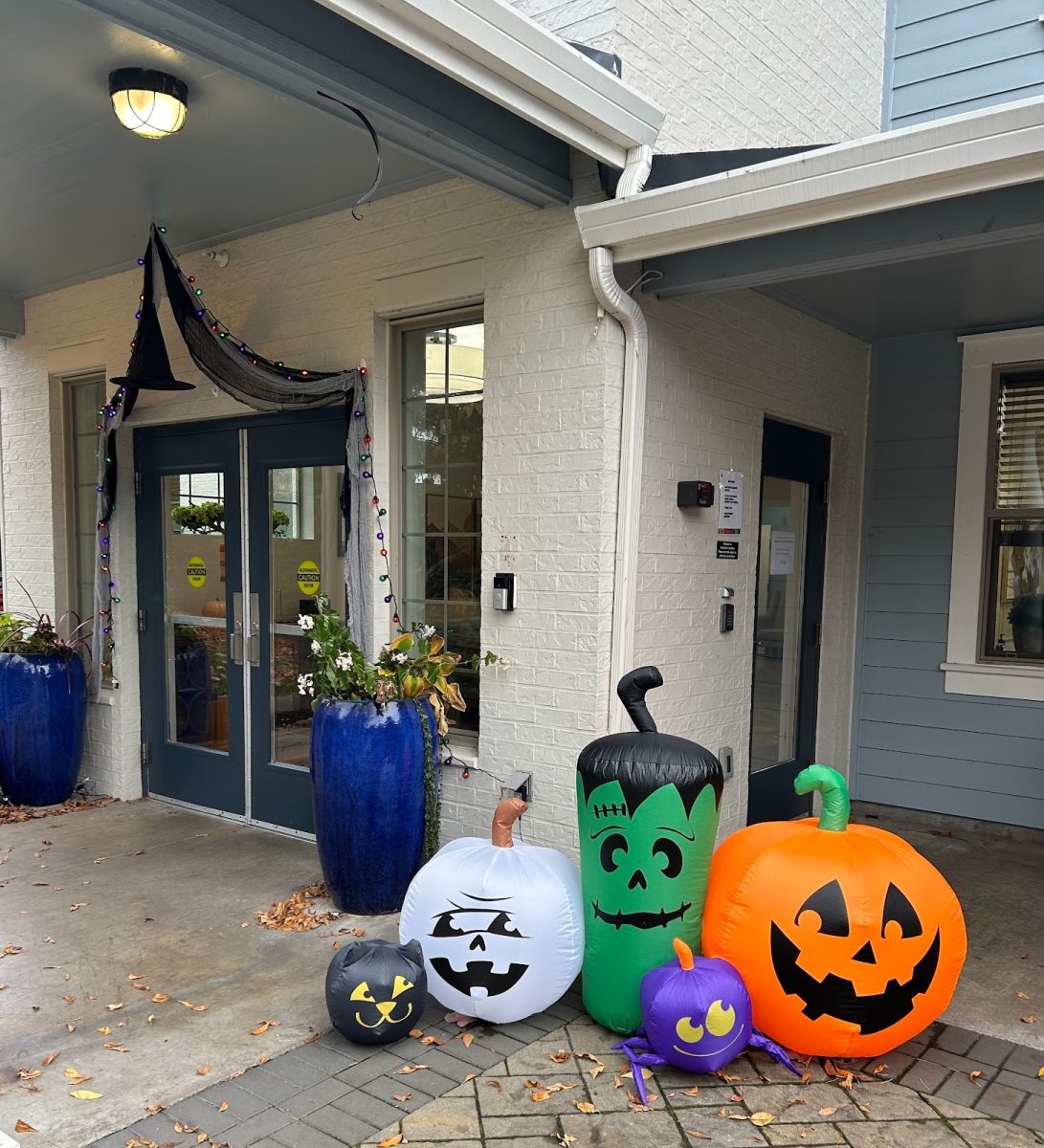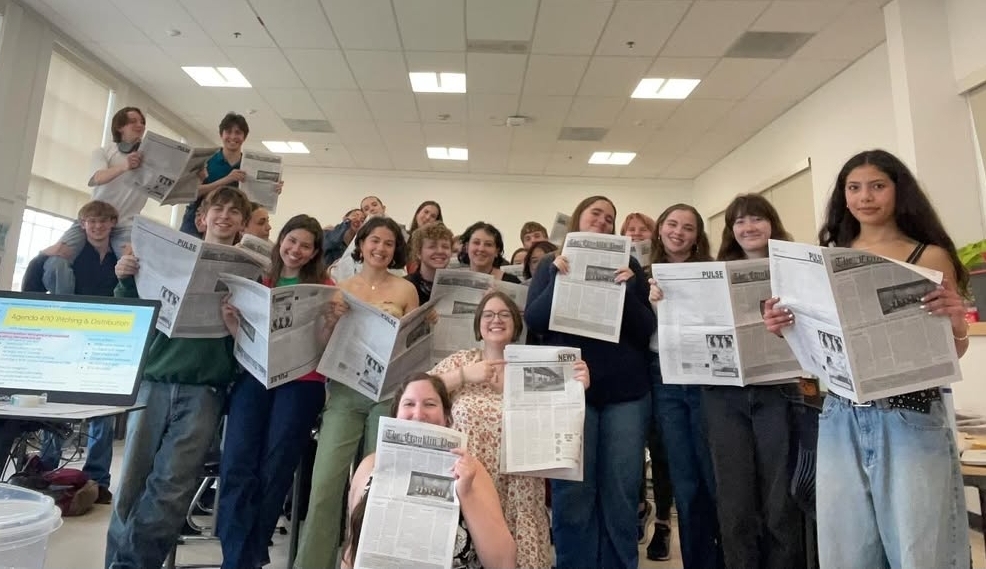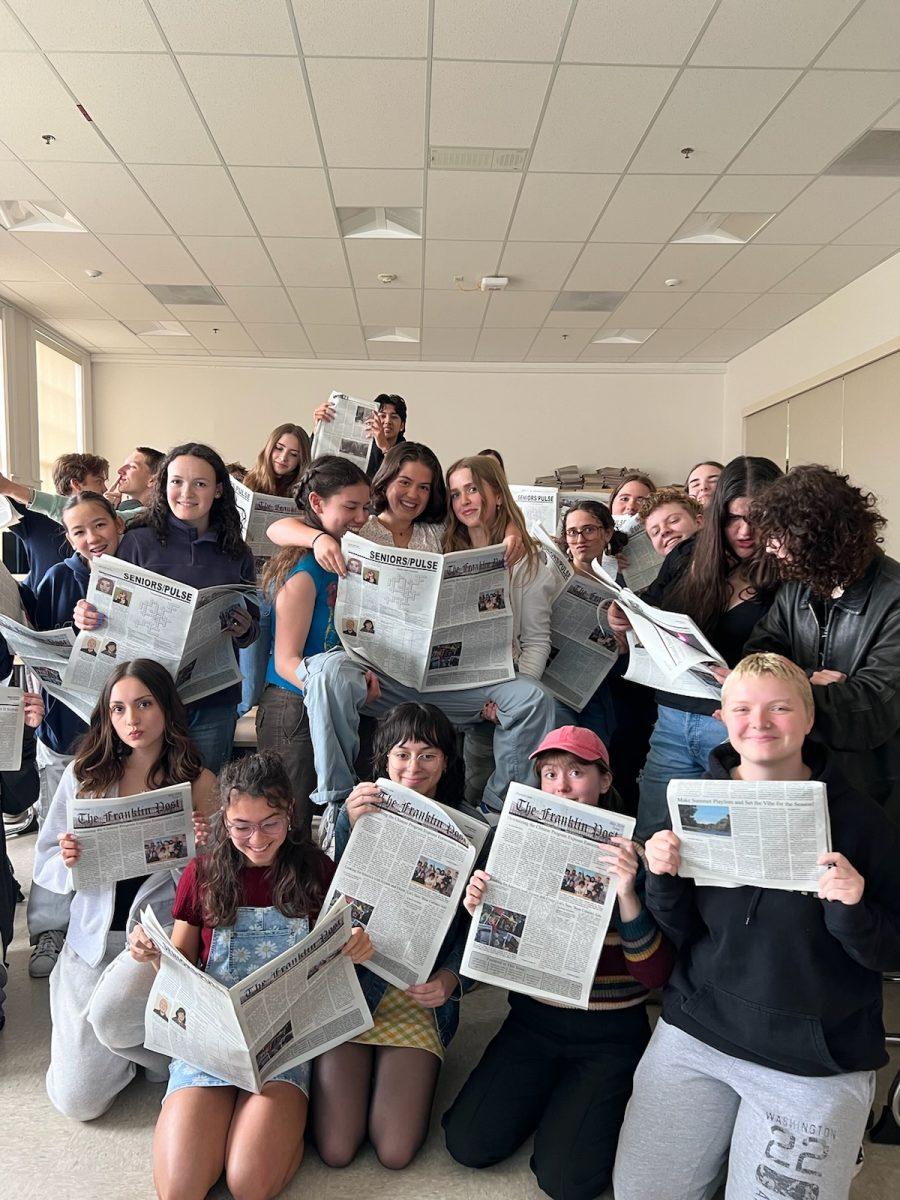
Franklin was founded in the year 1915. Franklin’s modernization broke ground in 2015, and construction finished in 1917. A complete transformation has been seen since the initial opening. In 1924, 12 additional acres of land were purchased by the student body. Before the modernization in 2015, hallway lights were dim, and the walls lacked windows. Small superficial issues began arriving as the years went on, as they do in any building. Windows, when replaced, did not often match their predecessors, lacking the same hue in glass, color, or style. Bill McClendon, a twenty-eight year social studies teacher at Franklin, offered some insight into the pre-modernized building.
“[The old] Franklin felt much like a cave.” The new building is much brighter. “I find that having these transparent walls is very useful, and makes the building feel bigger,” said McClendon.
As this year progresses, Franklin students and faculty are starting to vocalize their views on the new school. These are both negative and positive opinions, and with any new space, students and staff are having to adjust to changes. Many expectations were set in the coming arrival of the new Franklin. “I expected a stage right in the theater, and more space, and less rats,” explains Lucy Walker (11). The auditorium now has an in-theater stage, which is a huge benefit to Franklin’s yearly productions and the students that participate. “The theater is beautifully designed and far exceeds my expectations for a high school performance space,” continues Walker. “We’ve basically tripled the number of lights available for tech to play with, and the rigging system is so beautifully balanced, so much so we can fly a person!” More space is where Franklin seems to fall short. School committees such as ASB, Yearbook, and the Franklin Post share a classroom. This room lacks the proper amount of storage and space to house the amount of students allotted in the room at one time. “The whole appearance is nice design wise, but kind of hospital-esque for every day,” says Walker.
“I expected Franklin to have larger, brighter rooms, and more technology. I expected it to be a place that felt more home like,” says McClendon. “I’m pretty satisfied with what we got.” Franklin approaches obstacles with an adaptive mentality. “I haven’t encountered anything I couldn’t adapt to, that’s just the approach I take,” says McClendon. “This Franklin really feels like a community. I enjoy being able to walk by classrooms and see the teaching and learning going on.”
In an interview with the Post two years ago, former PPS Superintendent Carole Smith said “it [the modernization] was both meant to retain some of the historical features that mean so much in this community, as well as modernize Franklin’s learning environments.” This is true for the new building. Franklin’s outside walls are brick, but the interior of Franklin is a stark white semi-gloss finish. The floor of the school is no longer scuffed and worn away from generations of walking. Classrooms see an aesthetic change. New chairs allow for improved comfort, though with less mobility. Franklin’s tech has seen a major improvement. Apple computers are now available for use in the school library, and new projectors and whiteboards were added to classrooms. “Franklin is really nice; Marshall was a bit of a dump. I expected more parking space outside. I feel like everything is so new, and it looks more like a famous auditorium, especially the library,” said Angie Nicanor (11).
